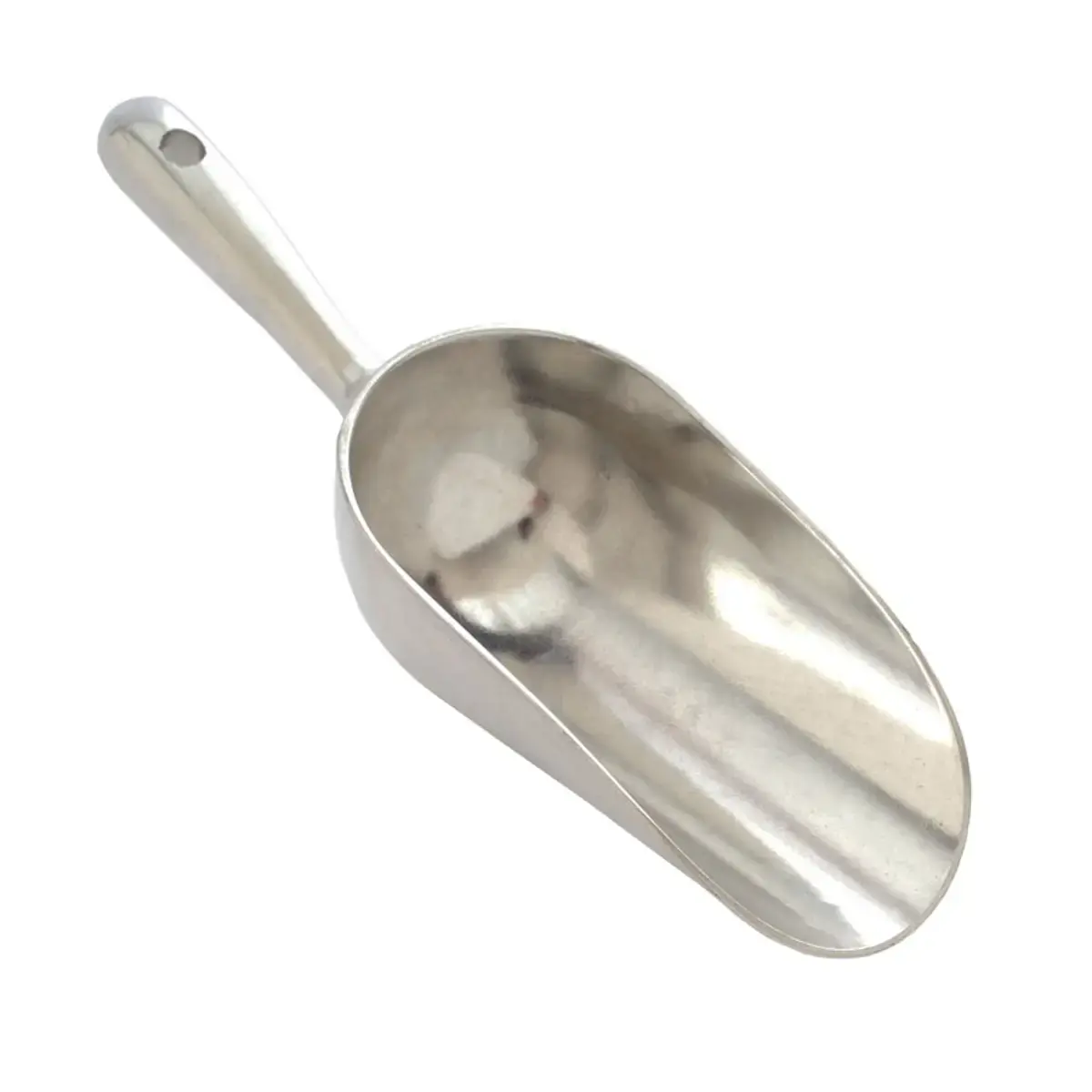edit: Don’t do this. Embrace modernity and don’t pollute the soil.
I’m sure there will be people that take this seriously lol, PSA to others don’t do this. It fucks up the land and nearby water sources as it spreads out. In the US you can be forced to replace the contaminated soil
I just drink mine before pissing in the gravel hole.
Damn it I came here to also make a oil drinking joke lmao
When I was a yout, they had trucks with a huge tank and a sprayer on the back. The truck would drive all the country roads spraying the dirt with waste oils. This was done to keep the dust down. Smelled terrible. Miles and miles of dirt roads that ran all around by rivers and lakes.
It is crazy to think about that now.
I’m sure you know this, but that’s exactly how a town got turned in to a EPA superfund site due to Dioxin contamination, because of a fuck up over chain of command for waste oil from the creation of napalm or pesticides(IIRC?). The guy running the spraying business didn’t know, which I can believe, but the company that paid for him to dispose of it should’ve informed him.
I forget the name, but it’s (one of the towns?) is by STL in Missouri…
I assure you they still do that, source: my dad still lived on a back country road that they regularly tarred until they finally paved it about two or three years ago. When I lived there I hated when they did it because I had a white car and didn’t want all the oil on it since it was so hard to wash off and I had to go to the car wash every time I left the house
I was reading about one where the oil was contaminated with some truly terrible shit, dioxin maybe? Several people died. They turned that whole area into a Superfund site.
Removed by mod
Sounds like chipcoat. The “tar” is bitumen, not waste oil – basically asphalt minus the crushed rock aggregate.
It’s messy as hell but no more toxic than regular asphalt.
There are still places which basically make rural roads like this. They spray down a layer of heavy oil and then scatter small rock chips and recycled asphalt on top of of the sticky layer to make a roadway. Obviously it’s not suitable for heavy use, but it’s way faster than actually paving the surface.
Chip sealing! I know the process as they still do this for neighborhood streets around here. The oil is more like a tar and solidifies as it cools thus ‘gluing’ the chips to the older road surface. Sort of a stopgap before having to repave completely. I don’t think this is done on dirt surfaces as it doesn’t seem workable.
This process is pretty different than what I described originally. The dirt roads only hold those oils for a relatively short period.
Our neighborhood was just done via this method. Usually called tar and stone. Quickly resurfaces the road without all that pesky work. It’s like asphalt glue that cools and then solidifies over days/weeks.
Highway engineer here. It’s asphalt (or bitumen), which is a product of crude oil refining. It’s all the stuff that stays at the bottom when you heat crude up to over 1000°F. Because it’s so sticky & viscous, it has to be heated up to around 300°F in order to be used. Asphalt is the “binder” in a pavement mixture that includes silt, sand, and rocks in various quantities and sizes, and these days the asphalt binder is usually modified in some way to improve its performance in the climate or application it’s going to be used in.
A chipseal is made by spreading a continuous layer of small rocks on a prepared surface and spraying the hot asphalt over it after, which binds the rocks together. It’s similar to Macadam pavement which was developed in the early 1800s and continued to be used well into the 1900s, often as a base layer for a more modern hot-mix asphalt pavement. Tar used to be used in paving a lot, but tar is made from coal and environmental regulations don’t allow it anywhere that I know of. There’s also a more state of the art technique that involves a looser layer of slightly larger stones, sprayed with a modified asphalt emulsion (modified in this case meaning with rubber or polymer for elasticity, and emulsion meaning it’s mixed with water to make it easier to work with), called a stress-absorbing membrane interlayer, used for reducing reflective cracking from an existing pavement surface into a new overlay surface. Modified asphalts & emulsions are often used for chipseals these days, too.
Lecture over.
Hey, thanks for that thorough explanation! I only have vague hand-waving knowledge, so this is nice to understand. I will probably forget most of it by the next time the topic comes up, but I (and others) appreciate the details provided!
They still do that on sites with dirt tracks that get dusty. Only, they spray with water.
It’s pretty shitty and foul smelling water, mind.
Calcium chloride I bet
Magnesium chloride also works well as a dust suppressant. I used to manufacture the stuff
Many moons ago, my family went to a cottage every summer where they would oil the roads to keep them from wearing. I’m not sure what it was exactly but it was for sure a petroleum product by the smell.
What is a “yout”?
youth
edit: I did not recognize the reference 🫠
Funny username
girl is a funny username?
would love for someone to explain the joke
I was quoting the movie. 😂
I was hoping someone would pick up on that. ;)
Removed by mod
deleted by creator
Now they just dump on waste vegetable oils or thousands of gallons of salt. So progress?
The solution to pollution is dilution
I was told the solution to pollution is to ship it to Asia so the poors there have something to root around in for treasures.
Why ship it across the world when you can buy government regulators at half the price and then dump your waste right into the river?
pours water over soil
This really was the advice given till the 90’s or so.
My dad use to have a hole filled with cat litter to pour oil as that was the recommendation.
I think your dad was behind the times. Mine collected and disposed of the oil properly at a waste station
God damned roofers spilled gas on my lawn. I had to dig down almost a foot to get rid of the contaminated soil.
edited.
Boomers: Why don’t you kids go outside and play. When I was your age we played in the dirt for hours at a time.
Also boomers:
Boomers: Kids these days think they can get through life by taking shortcuts
Also boomers:
I’ve had boers tell me that as kids they would pick up balls of tar from the street and chew it like gum
Put oil back where it belongs, in the ground!
So it can be extracted again. True carbon neutrality.
The circle of life
And life’s a jerk
I mod !soilscience@slrpnk.net
I will mail you one of those jack in the boxes with boxing glove in it if you do this.
But the bone juice come out the dirt make out of holes why not bone juice back into ground for more juice later?
Recycle bone juice to dirt?
Bone juice kills the green things and the moving things. There is a reason they aren’t making more bone juice. All moving things that had it have died.
Ah! AHHH! GRUG FIND SMART SCIENCE NOT THINK! Green thing not have bone and it die too? How green thing die if no bone?
Uno, atheists.
Do I have to prove that I do it, or can you just mail one to me?
Shipped.
3-5 business days.
Your punctuality disturbs me.
More like punchuality! Amirite?
Subscribed.
Amazing! Hope to see you arounf
Tradition is to save it and use it as a wood oil so the wood will not decay after some time on the rain. Absorbs really good, doesn’t stink or stick…
Yeah, but there’s stuff for that that doesn’t give you eleven different cancers.
Ah yes, to get cancer is also very traditional, forgot to say that.
Most of those are also pretty nasty chemicals
There’s a lot of plant based oils you can use, without additives, that give excellent weather protection. Choice of wood is also a huge factor.
Tbh I’d rather replace my fence every five years than cake it in used motor oil.
I’d rather spend $2 on diesel and free used oil than thousands replacing my fence constantly.
Well, can’t put a price on health I guess. You do you.
I’m pretty sure all of it will give you cancer.
Was about to mention that. But you forget to mention the half-and-half mix of oil and diesel to prevent wood rot and insects.
If you got a very thick oil, yeah a mix of diesel and oil is good so it would lose on viscosity and would be easier to get it on and into the wood. But today’s engine oils are not really that thick and can be used without any mixing with oil of lesser viscosity such as diesel. Nowadays you can find those very thick oils mostly in tanks (military vehicles) and big machines not your everyday family car.
I mentioned that in particular because the house I’m living has beams that were treated with that mix when it was built, back in the 40’s. And the neither rots nor gets infested. But the added fire damage is there.
Isn’t this what recently happened in Maui? A lot of tarred and oil treated houses… and a single standing one with a steel red roof?

Could be.
Mixed 50/50 with diesel is what I’m using as fence stain/sealer.
So you’re saying I have to take up an entirely new hobby I have no interest in just to dispose of my used engine oil?
Or just bring it to Walmart.
Can also be sprayed on your undercarriage to repel road salt & water during the winter and prevent rust, though it’s not legal in every state.
Shit like this is why people doing home gardening, especially in areas that have been inhabited for hundreds of years, without testing the soil first give me heart palpitations. What are you eating?? I don’t know, and neither do you!
My neighborhood soil is laced with arsenic and lead from an old foundry that used to be nearby.
A bunch of my neighbors grow and eat food in that soil knowing it. It boggles my mind.
While I know it’s not convenient, have you considered… telling them?
Yea, and the response has been ‘I’ve been eating food I’ve grown here for 20 years and I’m totally fine!’
Just like the people that love to tell their grandparents lived a long life smoking tobacco everyday.
It wasn’t the smoking that didnt kill em. It was the minding their own fucking business.
People doing home gardening usually replace the soil.
Almost everyone I know of that gardens at home just tills the soil they have available. Gardening soil isn’t cheap and they view it as an unnecessary expense. It’s especially hard to convince people in rural areas that just using the dirt out back can be harmful.
When I lived in a private house with a garden, we would buy new soil EVERY YEAR. Because fuck all grows otherwise.
I grew up in the country and my grandparents never bought any soil, but God knows what they added to it. Arsenic used to be common in pesticides, for example.
Well, I guess some people prefer to buy arsenic instead of soil…
At least there’s no aftertaste.
I know you can send soil to be tested by your local university extension, but how do you test for conaminents like used hydrocarbons, arsenic, lead, glyphosate-based herbicides, etc?
I am about to embark on a hobby of composting and would like to know.
If your local university doesn’t test for the specific contaminants you’re concerned about you can send samples to a private lab instead, sometimes they offer more testing options. I don’t know the specifics of how each one is tested for, but on your end they usually just require you to take (and possibly dry) soil samples before sending them in.
If you don’t have a good idea of the history of the site, it would be good to try and figure it out through your local historical society if you have one, or land records from your local records office. Whoever is testing the soil will have a better idea of what to test for if they know it used to be a mining town, or it’s 50 feet from a house old enough to have used lead paint, if it was farm land, etc.
Also, heat your home more effectively in the winter by always having a bucket of coal burning in your living room.
Make sure to leave your gas stove on, too.
The first couple times I helped my dad change the oil in his car he dumped it down the storm drain which lead to the Chesapeake.
We don’t do that anymore.
I think of all the times I did that working on my cars years ago.
It was just something you did and no one ever even blinked. Old oil, gas, brake fluid, etc, right down the storm drain.Now I think back and shudder.
My grandpa would just set the old oil filters when he would change the oil in the 3 farm tractors he owned. He did that for years and 30 years later that spot is still like blacktop. At least it’s only a 2’x2’ spot but I couldn’t imagine if he dumped the actual oil. And that’s only 3 diesel tractors twice a year.
The thought that shops were doing it for years is sad
So return to its source. Basically.
Oil is weird.
I mean this is probably how we found it in the ground in the first place. The world goes round and round.
The oil cycle. Nature is finally healing
deleted by creator
Digging is way too much effort when you can just push it into the nearest pond.
Just don’t forget to take the battery out so it can be safely disposed of in the ocean.
Absolutely. You never know when you might need an old car battery for torture.
How? Isn’t it just 12 V? Genuinely curious, because I never understood this stuff in movies…
That’s why it’s more likely used for fetish purposes irl, and even the maybe two in series? You’d have to ask the experts, which I’m totally not one of. Not involved in that world at all. Definitely don’t have a monthly budget for that…
I’ve heard of electric stimulation used for fetish, but none of the manufacturers state how high of a voltage the tools produce (at least I couldn’t find any info about this).
I don’t know for sure but I think it’s the current, higher voltage will bridge a bigger gap/higher resistance but a human body doesn’t have that high of a resistance and car batteries are capable of providing plenty of current (I think?)
Yes, but to penetrate the top layer of human skin, you need about 60 V DC, or 30 V AC. A car battery is 12 V DC…
Edit: I got the voltages from an old ElectroBoom video and I just remembered them so I know when to use protection when working with electricity and when it’s not needed.
The only way a car batteries could hurt you if you clamped two crocodile clamps to your nutsack to prove a point on the internet
It’s Perfectly Safe and Legal!
And breathing lead.
And eating lead paint!
That’s why you bury a bunch of cars halfway and tell all the neighbors it’s “art”.
I need the full book/magazine this comes from there.might be other nice tips.
Nice
Oh great thanks 🙏👍
Instructions unclear, now the swing set in my back yard needs it’s tires rotated.
Thanks. It nice to have a reliable source to turn to when I am inspired to follow guides published in the 1960s.
The modern way of doing this would involve reversing the process of dinosaur bones turning into oil. So you just put into the oil-to-bone-inator and bury those bones back into the ground where they originally came from.
Oil isn’t made from dinosaurs
Sure, if you’re buying the cheap stuff.
Oh really? So how come you can use oil to make plastic dinosaur toys?
Checkmate atheists
That’s what Big Non-Dino-Oil wants you to think, so they can get all of the moneys from everyone.
Then why is there a dinosaur on the gas station!?
/S
Damn. You got me.





















